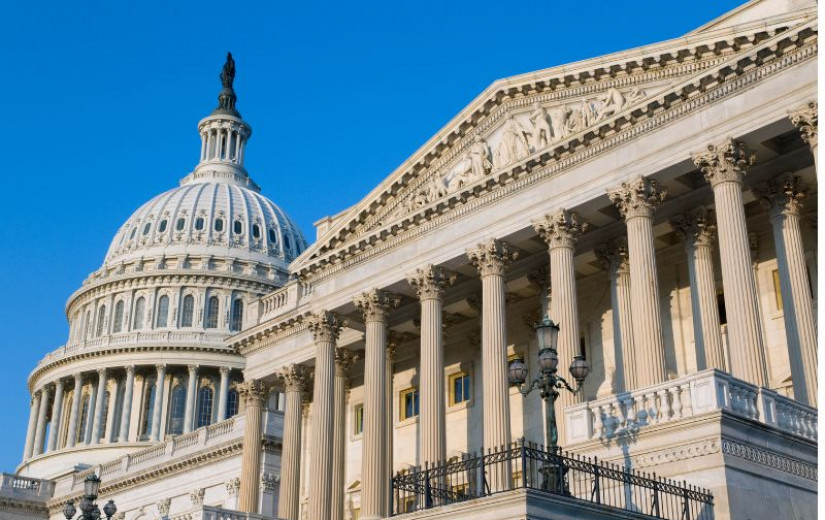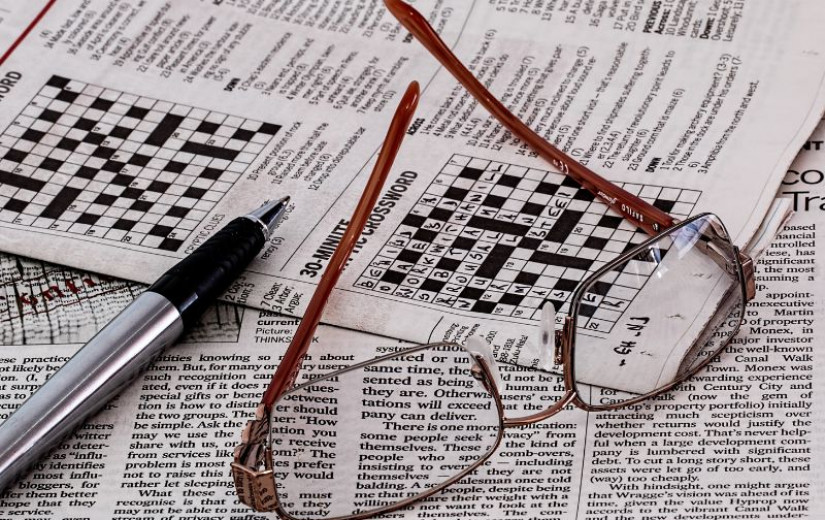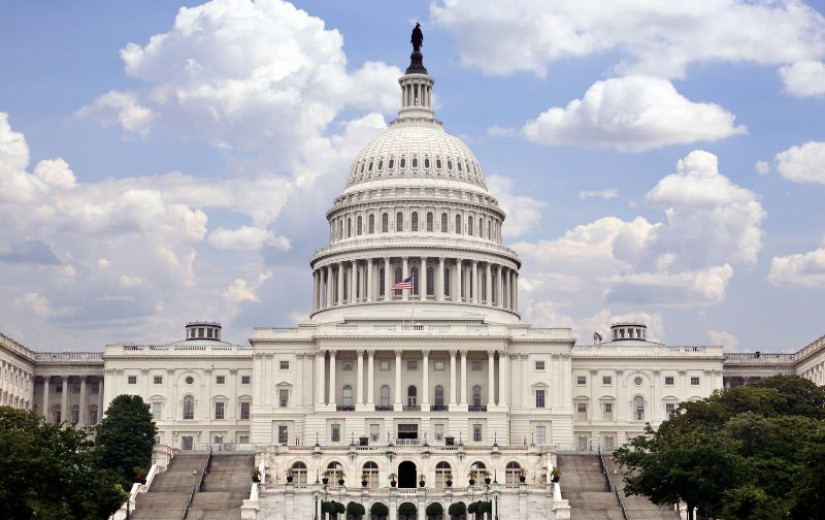Introduction
From the hallowed halls of grand estates to the chic interiors of modern homes, Clarence House has long been synonymous with luxury, elegance, and exquisite artistry in the world of textiles. The brand’s iconic fabrics, characterized by bold patterns, rich colors, and unparalleled craftsmanship, have graced the walls and furnishings of discerning clientele for generations. However, the world of interior design is ever-evolving, and with that evolution comes the phenomenon of discontinued fabrics – a reality that holds both challenges and opportunities for designers, decorators, and passionate enthusiasts alike. This article delves into the captivating world of Clarence House fabrics, shedding light on the implications of their discontinuation and offering guidance for those who seek to preserve, source, and appreciate these treasures of design.
The Allure of Clarence House Fabrics
The appeal of Clarence House fabrics extends far beyond their aesthetic beauty; it is rooted in a rich heritage of craftsmanship and a commitment to excellence.
History and Heritage
The story of Clarence House is one of enduring legacy. While the exact founding date is sometimes difficult to pinpoint definitively, its rise within the textile industry and the reputation it built are widely acknowledged. The brand’s journey reflects the evolution of design trends, technological advancements in textile production, and the changing tastes of its clientele. The brand has been closely associated with renowned designers and has been connected to historical partnerships. Over the years, the brand’s connection to royalty and high society further cemented its status as a symbol of refinement and taste. This storied history has endowed Clarence House fabrics with an aura of exclusivity and prestige. Each design carries the weight of this heritage, making them instantly recognizable and highly coveted by those who value enduring style.
Signature Styles and Designs
Clarence House fabrics are instantly recognizable by their signature elements. Think of bold, often oversized patterns, vibrant color palettes, and the tactile richness of high-quality materials. The brand is known for its skillful use of color, creating combinations that are both striking and harmonious. Textures range from smooth silks to intricate weaves, adding depth and dimension to the designs. The meticulous attention to detail in the craftsmanship ensures that each fabric possesses not only beauty but also durability. These design philosophies have guided the brand’s collections, resulting in an extensive portfolio of designs that reflect a range of styles, from classic to contemporary. Some collections have stood out as particularly iconic, defining the brand’s aesthetic and leaving a lasting impression on the design world.
The Brand’s Appeal
Why are Clarence House fabrics so desirable? The answer lies in a combination of factors. First and foremost, the brand’s reputation for producing top-quality fabrics is a major draw. Designers know that they can rely on Clarence House for materials that are both beautiful and durable, a crucial consideration in high-end projects. Moreover, the brand’s designs possess a timeless quality. Unlike trends that come and go, Clarence House fabrics often transcend fleeting fashions, offering a sense of enduring elegance. The brand’s association with exclusivity and prestige adds to its allure. Owning Clarence House fabric is a statement of good taste and appreciation for the finer things in life. This combination of factors makes Clarence House fabrics a must-have for interior designers, decorators, and discerning homeowners seeking to create spaces that are both beautiful and enduring.
Understanding Discontinued Fabrics
The discontinuation of a fabric is a common occurrence in the dynamic world of textiles, and its implications should be understood by anyone passionate about design.
Definition
Simply put, a discontinued fabric is no longer being produced or sold by the manufacturer. This means that once the existing stock is depleted, the fabric is no longer available for purchase through the standard channels. Discontinuation is not necessarily an indication of a fabric’s quality or popularity; rather, it is a reflection of various factors that influence the textile industry.
Reasons for Discontinuation
Several factors contribute to the discontinuation of a fabric. One significant driver is changing market trends. What is popular one year may fall out of favor the next, leading manufacturers to retire designs to make way for new collections. Production costs also play a crucial role. Some fabrics may become too expensive to produce due to rising raw material costs or labor expenses. In some cases, a fabric might be discontinued due to difficulties in sourcing specific materials or maintaining the intricate production processes. New collection releases often trigger the discontinuation of older designs, as brands seek to refresh their offerings and introduce new aesthetics. Also, although less common, licensing agreements may expire, leading to the discontinuation of fabrics that feature licensed designs.
The Impact of Discontinuation
The discontinuation of a fabric has several significant consequences. One immediate effect is the limited availability of the remaining stock. Once the existing inventory is depleted, the fabric becomes difficult, and often impossible, to obtain through regular channels. The scarcity often leads to increased prices for the remaining stock. Because the fabric is no longer being produced, sellers can charge a premium, knowing that the demand still exists. For designers and homeowners, the unavailability of a favorite fabric can present challenges. It may require searching for alternative fabrics, compromising the original design vision, or finding ways to source the discontinued fabric through alternative channels. Moreover, discontinued fabrics may acquire value, making them sought-after items for collectors and potentially expensive to acquire.
Knowing how to identify discontinued Clarence House fabrics is the first step in understanding their status and exploring potential sourcing options.
Research and Information Sources
Several avenues can be explored to find out which fabrics are discontinued. One of the primary resources is the brand’s website if available, though the brand may not maintain a comprehensive archive. Contacting fabric retailers and stockists who carry Clarence House fabrics is also a good approach. These retailers often have detailed information about current and discontinued designs. Design publications and archives can offer valuable insights. Publications like *Architectural Digest* and *Elle Decor* sometimes feature articles or advertisements that can help identify discontinued fabrics. Online forums and communities dedicated to fabric enthusiasts are another great resource. These communities often share information about discontinued designs, sourcing tips, and other valuable insights. Remember that information should be verified from multiple sources.
Identifying Discontinued Fabrics
When searching for information about discontinued Clarence House fabrics, certain details are particularly helpful. Start by searching for the fabric’s name and pattern number. These identifiers are crucial for pinpointing the exact design and colorway. Also, research the fabric’s year of release or discontinuation. This information helps in determining the age and rarity of the fabric. Information about the fabric’s colorways is also key; often a specific color combination may be the reason a fabric is valued. Photos and descriptions of the design are also important, as they aid in accurately identifying the fabric. Comparing these visual details with swatches and samples is very helpful.
The Role of Swatches and Samples
The importance of retaining fabric samples cannot be overstated. Fabric swatches are invaluable in identifying and sourcing discontinued fabrics. They provide a physical reference for the design, color, and texture, making it easier to match with existing fabrics or locate similar alternatives. Documentation is also key. Keep a record of the fabric’s name, pattern number, retailer, and date of purchase. These details will be invaluable in the future.
Strategies for Working with Discontinued Clarence House Fabrics
Despite the challenges, working with discontinued Clarence House fabrics can still be possible, and indeed, rewarding.
Sourcing Strategies
Finding discontinued fabrics requires persistence and resourcefulness. One place to begin is exploring outlet stores and clearance sales. These venues sometimes carry remnants or rolls of discontinued fabrics at discounted prices. Another tactic involves searching fabric retailers and online marketplaces like eBay. Fabric brokers and specialists often have access to extensive inventories, including discontinued fabrics. These professionals can assist in locating specific designs and colorways, even when they are difficult to find. Don’t hesitate to contact interior designers and trade professionals.
Creative Alternatives
If sourcing the exact fabric proves impossible, creative alternatives can help achieve a desired aesthetic. One approach is using the discontinued fabric in smaller quantities. For instance, creating accent pillows or small upholstered pieces allows you to incorporate the fabric without requiring large amounts. The fabric can be combined with coordinating fabrics. This allows you to complement the original design. Another alternative to consider is fabric restoration or reproduction. This option can be particularly useful for valuable or sentimental fabrics.
Care and Preservation of Discontinued Fabrics
Once you have acquired a discontinued Clarence House fabric, proper care and preservation are essential to protect its beauty and value. Proper cleaning methods are crucial. Always consult the fabric’s care instructions and consider professional cleaning services. Storing the fabric correctly is also important. Store fabric in a cool, dry place, away from direct sunlight. Protect the fabric from pests. Consider using acid-free tissue paper to wrap and protect the fabric.
The Value and Collectibility of Clarence House Fabrics
Discontinued Clarence House fabrics can be more than just beautiful textiles; they can be investments and treasured collectibles.
Investment Potential
Certain discontinued fabrics may increase in value over time. Fabrics that are rare, those with unique designs, or those associated with iconic designers are likely to become valuable. Factors influencing the value include the condition of the fabric, its rarity, and the current market demand. Like vintage clothing, these fabrics can become a valuable investment.
Collector’s Market
A collector’s market exists for rare and discontinued Clarence House fabrics. Collectors seek out these fabrics for their beauty, historical significance, and investment potential. There are online platforms and communities. These can facilitate the buying, selling, and trading of discontinued fabrics. These platforms provide a place for collectors to connect, share information, and acquire rare finds.
Appreciating the Legacy
Ultimately, the appreciation of Clarence House fabrics extends beyond their value as collectibles. It’s about acknowledging their place in the history of design, their craftsmanship, and their ability to transform a space. These fabrics embody a legacy of artistry and innovation. They represent a commitment to beauty and quality.
Conclusion
The journey through the world of discontinued Clarence House fabrics reveals a blend of challenges, opportunities, and enduring beauty. While the loss of a favorite fabric can be disappointing, the possibilities for rediscovering and appreciating these timeless treasures remain. By understanding the reasons for discontinuation, mastering the art of sourcing, and employing creative alternatives, designers and enthusiasts alike can continue to incorporate these exquisite textiles into their projects. Remember that research, planning, and resourcefulness are vital. Ultimately, the beauty and historical significance of Clarence House fabrics, even those that are no longer in production, are a testament to the enduring power of design. Embrace the beauty, the craftsmanship, and the legacy of these remarkable fabrics.









